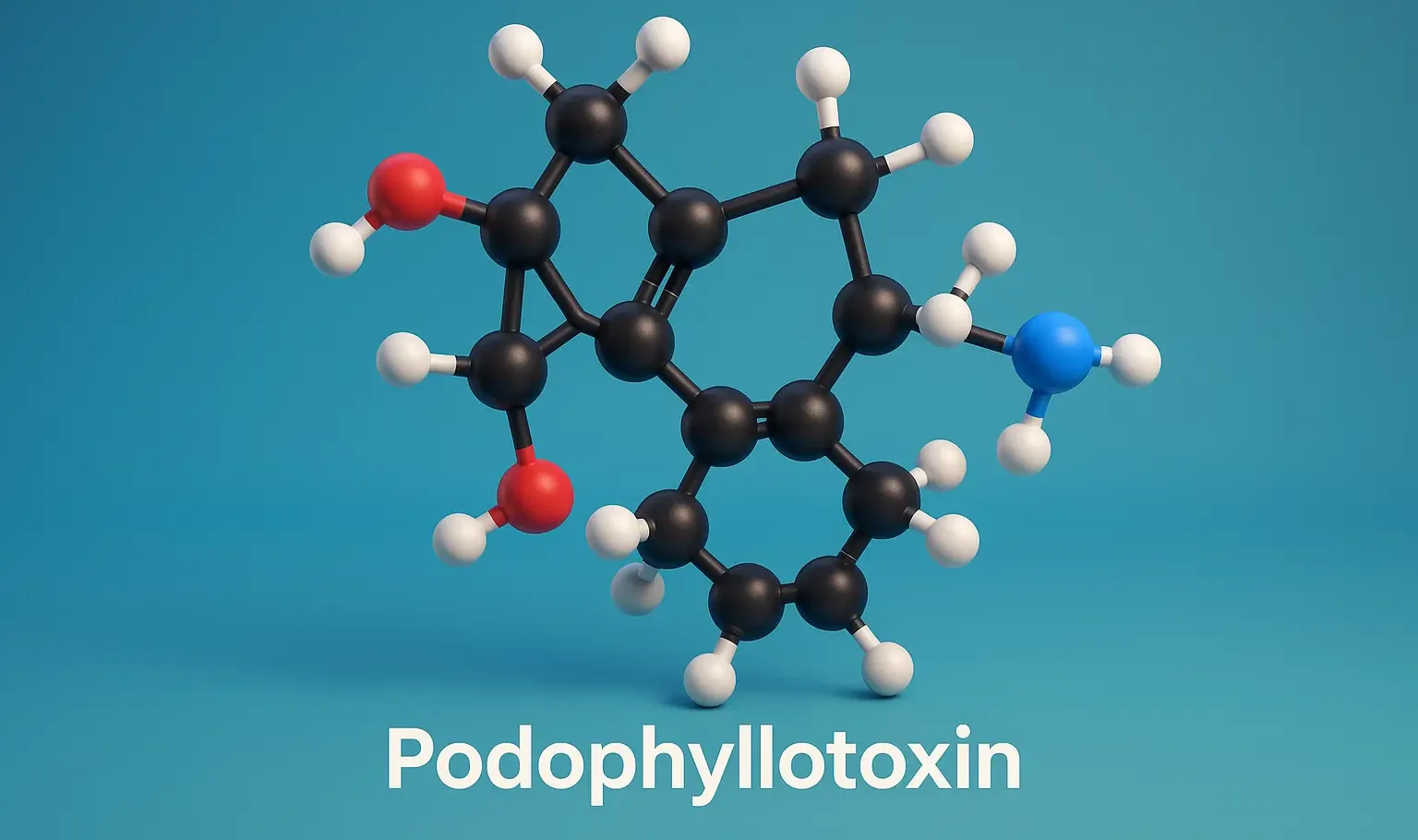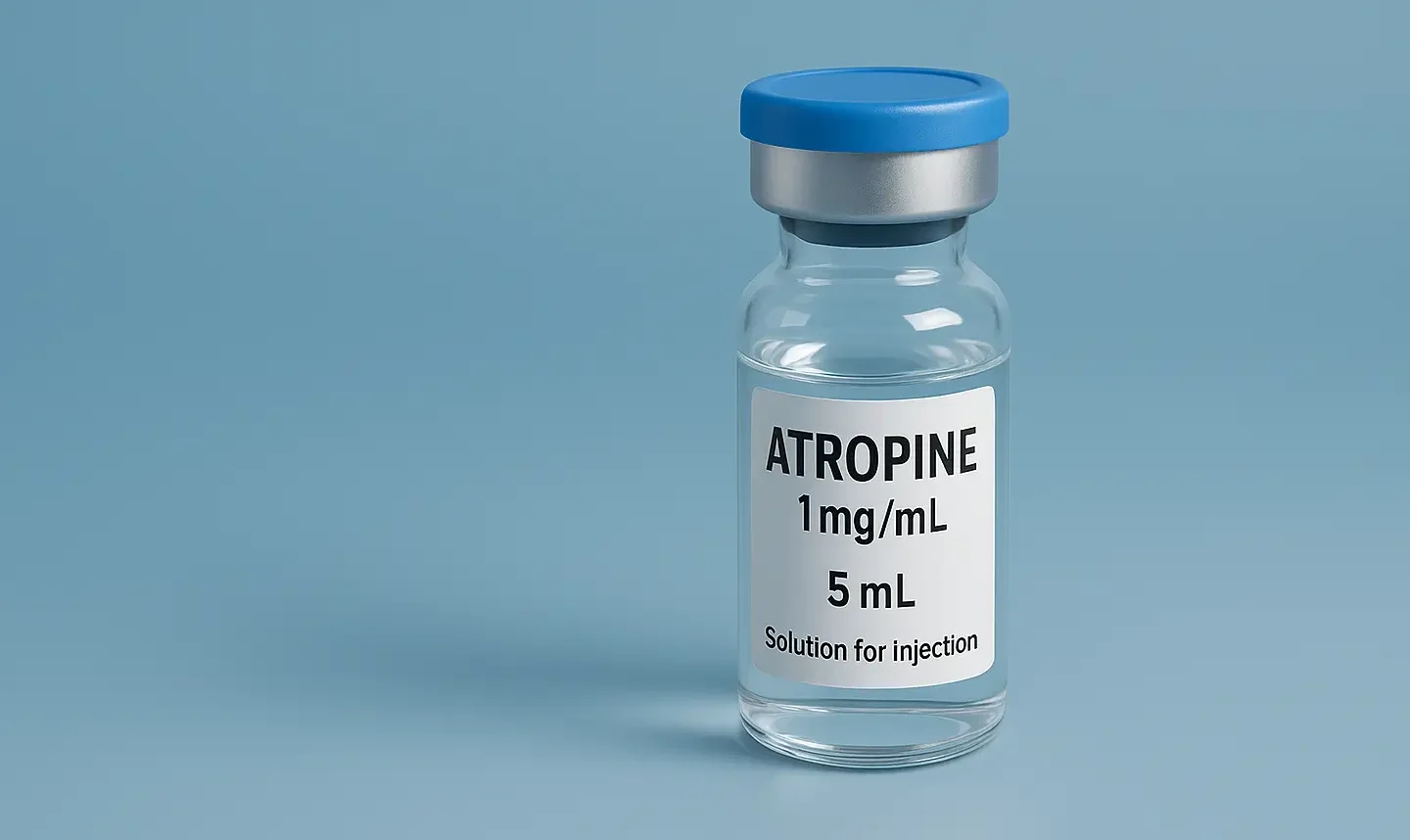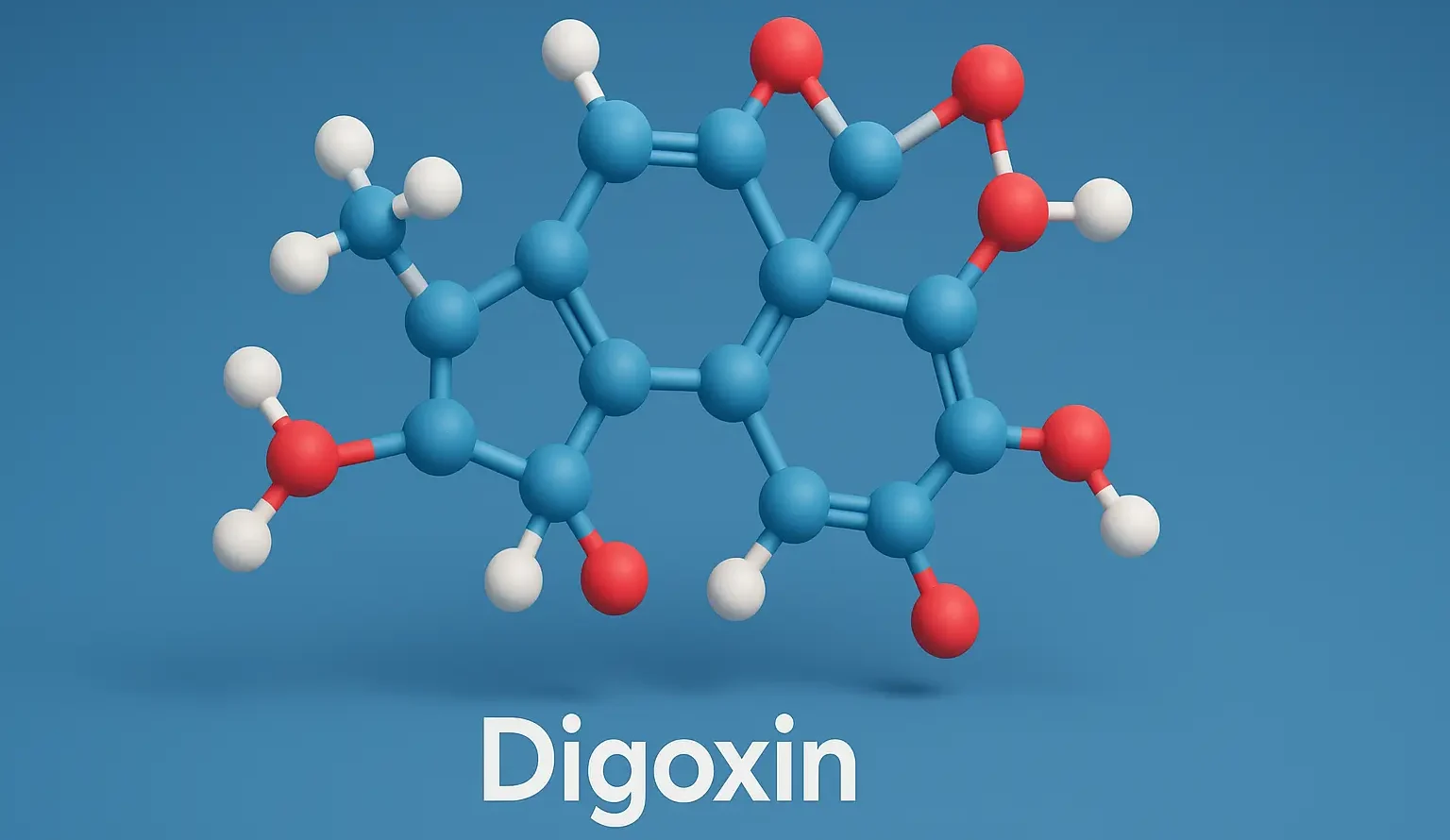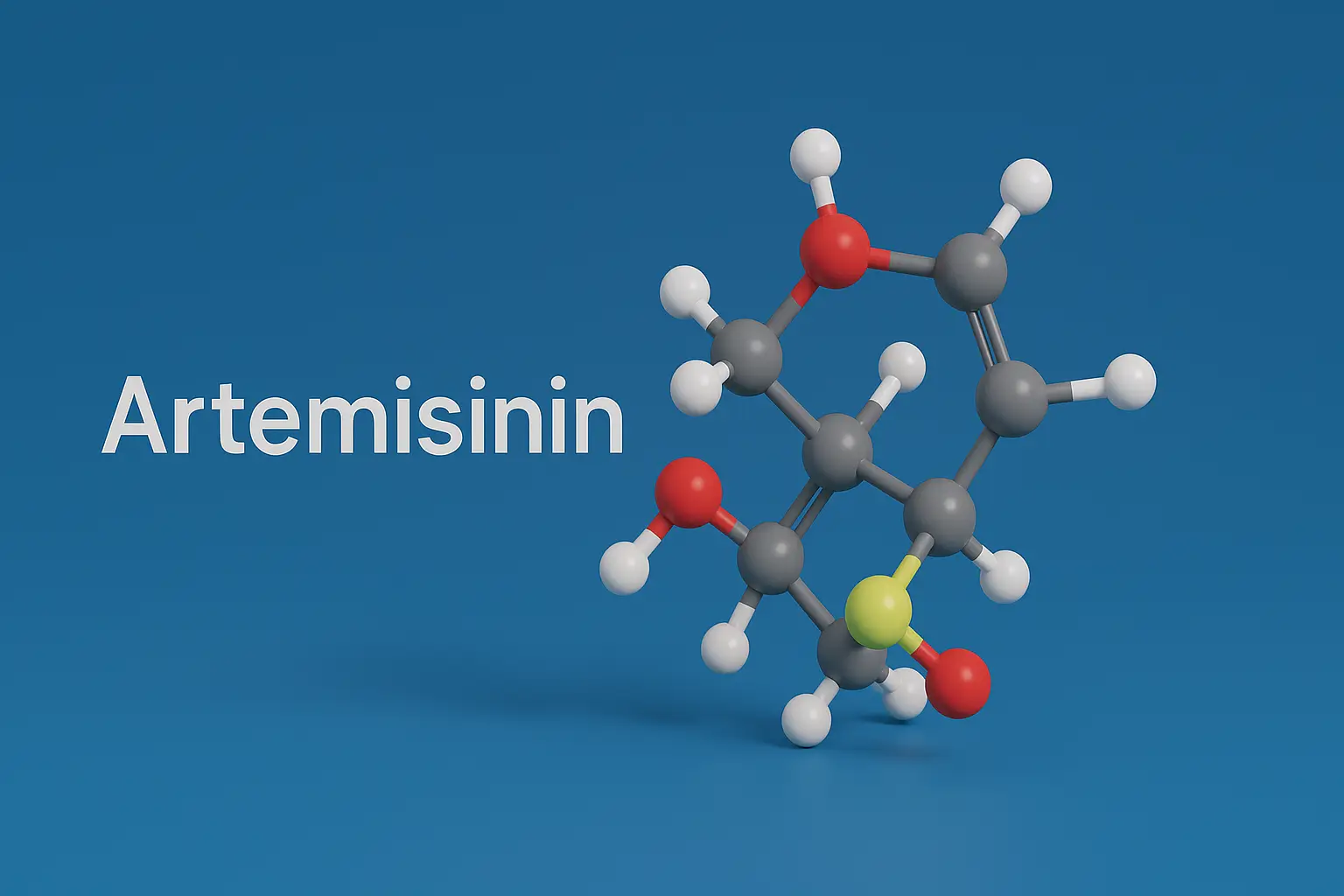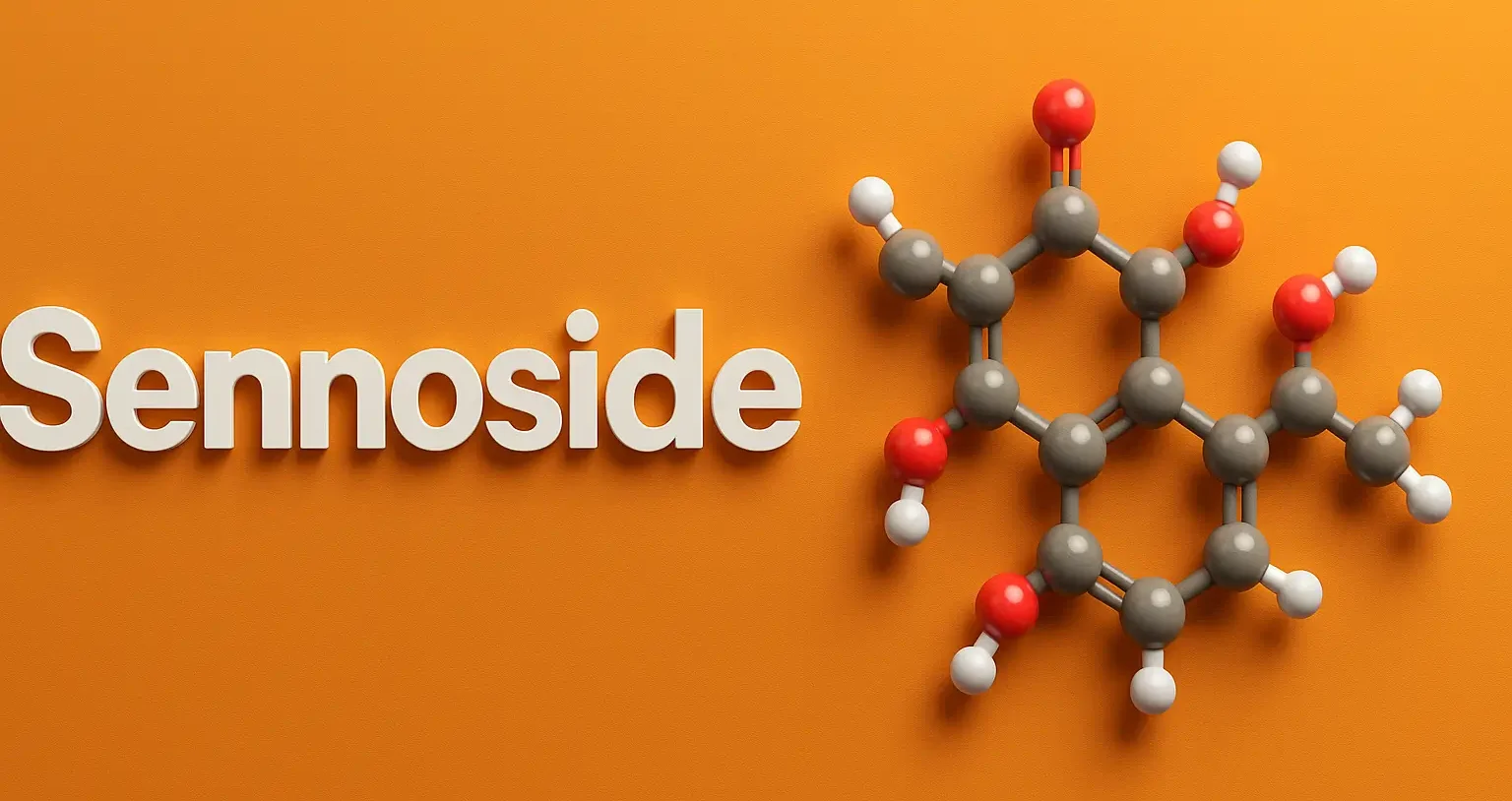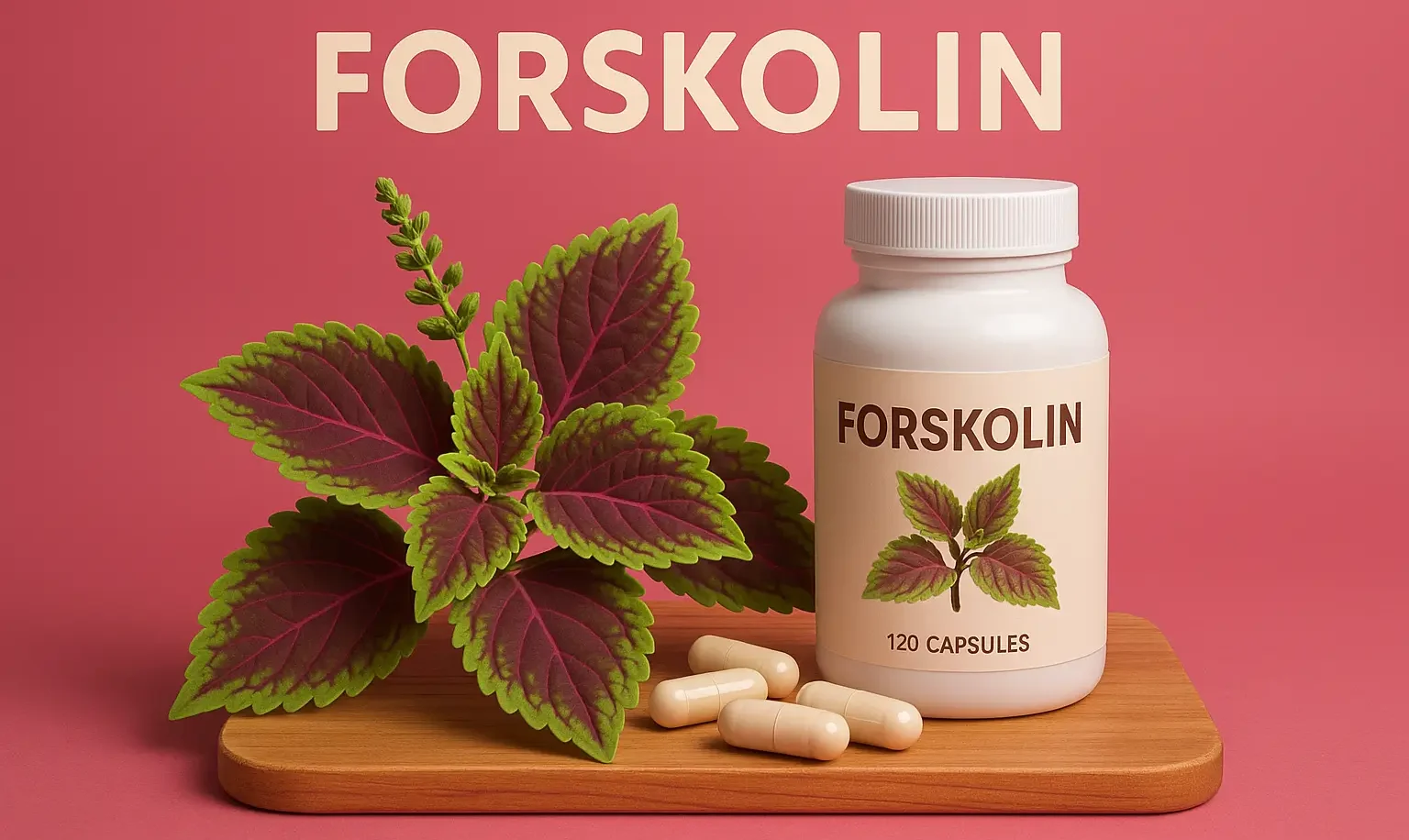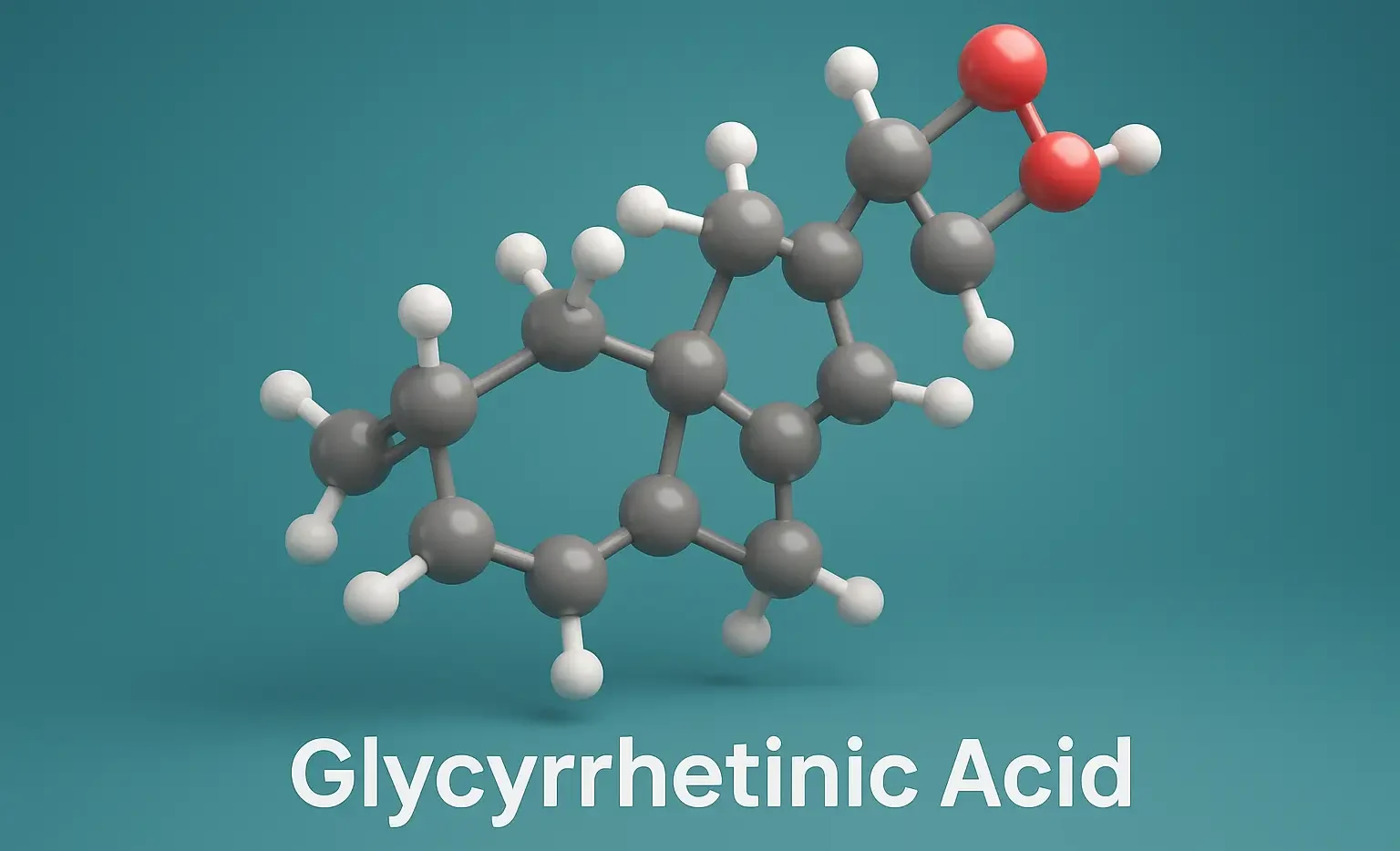Caffeine
Industrial Production of Caffeine Source: Caffeine is naturally present in various plants, including coffee beans (Coffea species), tea leaves (Camellia sinensis), kola nuts (Cola species, used in cola beverages), and cacao beans (Theobroma cacao). Extraction Process of Caffeine: Harvesting: Plant materials (e.g., coffee beans, tea leaves) are harvested and processed (roasted, dried). Extraction: Caffeine is … Read more


